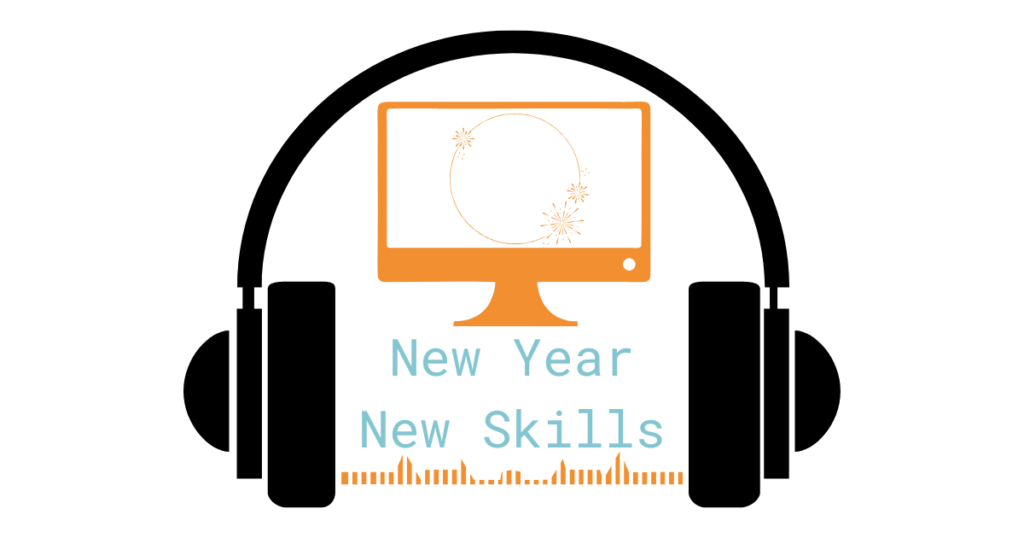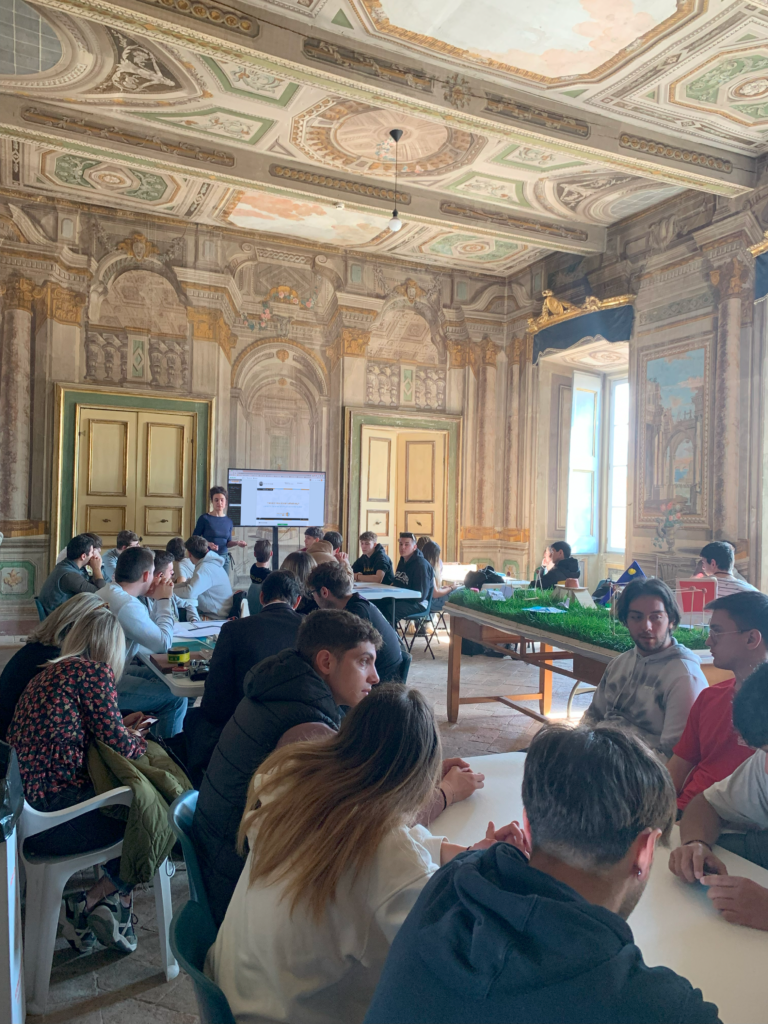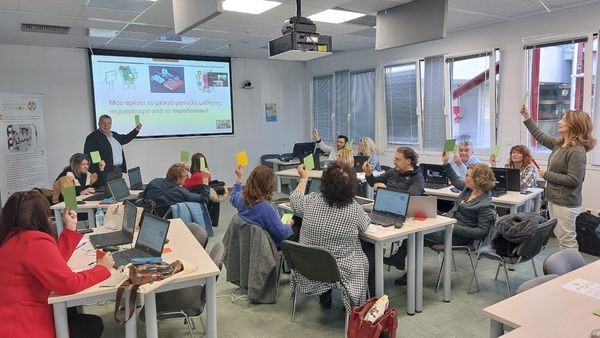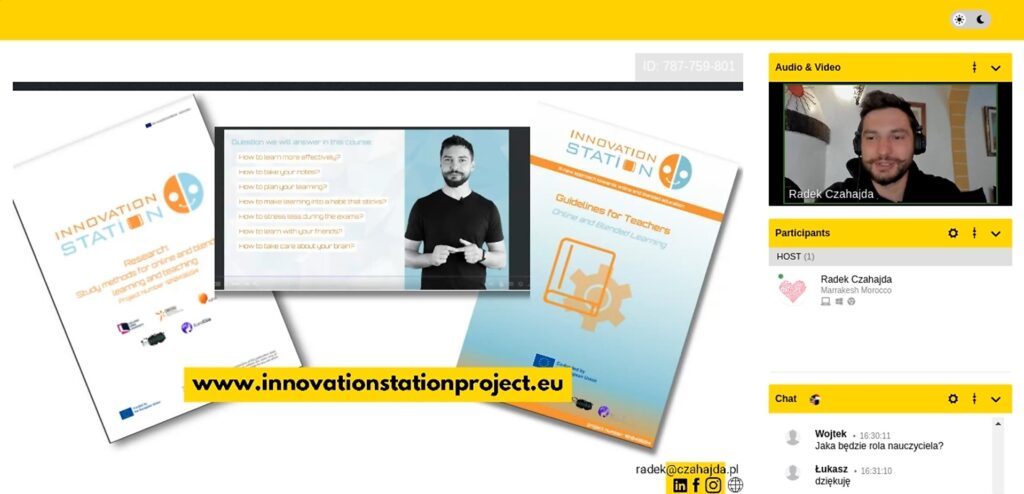As the New Year rings in, it’s a time of reflection and aspiration for students everywhere. The tradition of setting resolutions offers a perfect opportunity to focus on personal and academic growth. However, the art of setting and achieving learning goals goes beyond mere resolution-making; it’s about creating a road map for success. For school students, this process is vital for self-improvement and academic excellence. In this article, we’ll explore a unique framework for setting learning goals and delve into scientifically-backed methods for achieving them.
The CLEAR Framework for Setting Learning Goals
To ensure your learning goals have a higher chance of success, consider the CLEAR framework. This approach simplifies goal setting, making it more effective and achievable.
Collaborative
Start by asking yourself, “Who can I partner with to achieve this goal?” Engaging with classmates, friends, or family members who share similar goals can offer support and introduce new perspectives. This collaborative effort not only enhances the learning experience but also fosters a sense of community and accountability.
Limited
Focus on a specific aspect of your broader goal. Identify a particular area or topic to concentrate your efforts on, and set clear boundaries to make your goal more manageable. This limitation helps to channel your efforts more effectively, preventing the feeling of being overwhelmed.
Emotional
Reflect on why the goal is personally meaningful or exciting. Aligning your goal with personal interests and passions can greatly increase your emotional investment, leading to higher motivation and engagement.
Appreciable
Breaking down your goal into smaller, manageable tasks is crucial. Plan out these steps, considering the order and timeframe for each, to make progress more tangible and less daunting.
Refinable
Be prepared to adjust or modify your goal as needed. Acknowledging that your goals may evolve over time allows for flexibility and adaptability, essential components of successful learning.
Now, to bring these concepts to life, let’s look at some practical examples:
Collaborative: John, a high school student, aims to improve his Spanish by practicing with a classmate twice a week, fostering mutual benefits and motivation.
Limited: Sarah focuses on mastering quadratic equations, setting a daily goal of solving five problems.
Emotional: Alex, driven by his passion for environmental science, starts a school recycling project.
Appreciable: Emily tackles “War and Peace” by reading one chapter each night.
Refinable: Kevin, initially aspiring to build a website, shifts to completing a beginner’s coding course.
Try to define your goals, making sure you explore each aspect of CLEAR goals. Which ones help you the most? Share with your friends!
Achieving Your Learning Goals
Having outlined how to set CLEAR goals, let’s now pivot to the crucial aspect of achieving these well-defined objectives. This transition from planning to action is where the real magic happens, and it requires not just determination, but also a strategic approach grounded in research. Below are key strategies, each supported by scientific studies, and accompanied by practical examples to illustrate how these methods can be applied in everyday learning.
Establish a Routine
“Consistency is not an accident,” as found in a study from the Journal of Educational Psychology (Zimmerman, 2002) . Students who establish a regular study routine tend to have higher achievement scores. For example, Mia, a tenth-grader, sets aside 6-7 PM every weekday for math practice. This consistent schedule helps her stay on track and makes her study time a predictable part of her day.
Active Learning Techniques
Engagement is the heart of learning. A landmark study in Science demonstrated the profound impact of active learning techniques (Freeman et al., 2014). Let’s take Brian as an example. He improves his understanding of history by summarizing each chapter in his own words and teaching the key events to his younger sister. This approach not only reinforces his knowledge but also highlights areas where he needs more clarity.
Utilize Feedback
Feedback is a powerful tool for improvement. According to research in the Review of Educational Research, effective feedback significantly enhances student performance (Shute, 2008) . For instance, Zoe, working on her science project, regularly seeks feedback from her teacher and incorporates the suggestions to refine her experiment, leading to a more successful outcome.
Mindset Matters
The power of mindset in learning cannot be overstated. Carol Dweck’s research on growth mindset (2006), as explained in her book Mindset: The New Psychology of Success, reveals that students who believe their abilities can be developed through hard work and persistence tend to achieve more. Jack, struggling with foreign language classes, adopts this mindset. He views each challenge as an opportunity to grow, transforming his approach to learning and boosting his progress.
Reward Your Progress
Recognizing small achievements is essential. Research in Behavioral and Brain Sciences indicates that the brain’s response to rewards can reinforce desired behaviors (Schultz, 2000) . Emma, for example, treats herself to a favorite snack or an episode of a TV show after completing her weekly study goals, creating a positive reinforcement loop that encourages her ongoing effort.
Conclusion
Transitioning from setting goals to achieving them is an art and a science. By integrating these evidence-based strategies into your study routine, you can elevate your learning experience. These practical examples show that with the right approach, the goals you set using the CLEAR framework can indeed become achievable milestones in your educational journey.
Remember, for more comprehensive strategies and insights, our in-depth online course on self-directed learning is available free of charge.
Let this year be the one where your aspirations are realized through dedicated effort and effective learning techniques.
References
Dweck, C. S. (2006). Mindset: The New Psychology of Success. Random House.
Freeman, S., Eddy, S. L., McDonough, M., Smith, M. K., Okoroafor, N., Jordt, H., & Wenderoth, M. P. (2014). Active learning increases student performance in science, engineering, and mathematics. Science, 346(6210), 136-138. https://doi.org/10.1126/science.1258090
Schultz, W. (2000). Multiple reward signals in the brain. Behavioral and Brain Sciences, 23(4), 473-500. https://doi.org/10.1017/S0140525X0000337X
Shute, V. J. (2008). Focus on Formative Feedback. Review of Educational Research, 78(1), 153-189. https://doi.org/10.3102/0034654307313795
Zimmerman, B. J. (2002). Achieving Academic Excellence: A Self-regulatory Perspective. Journal of Educational Psychology, 94(2), 295-305. https://doi.org/10.1037/0022-0663.94.2.295






